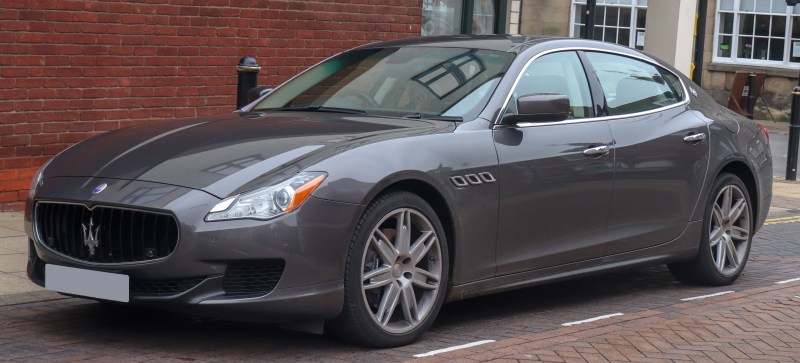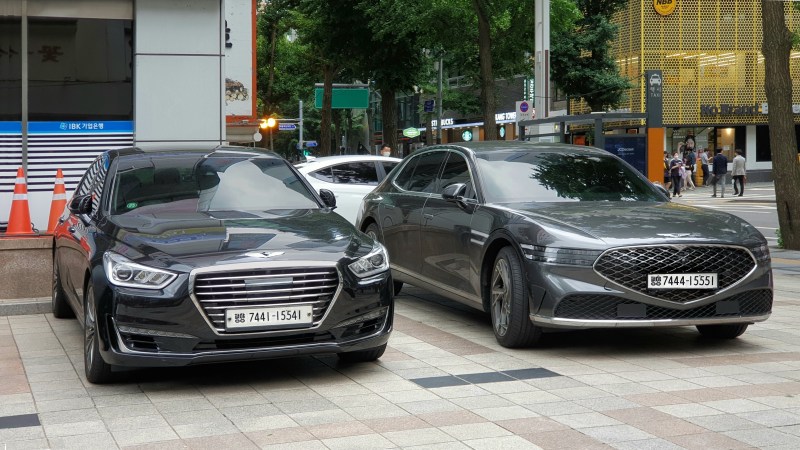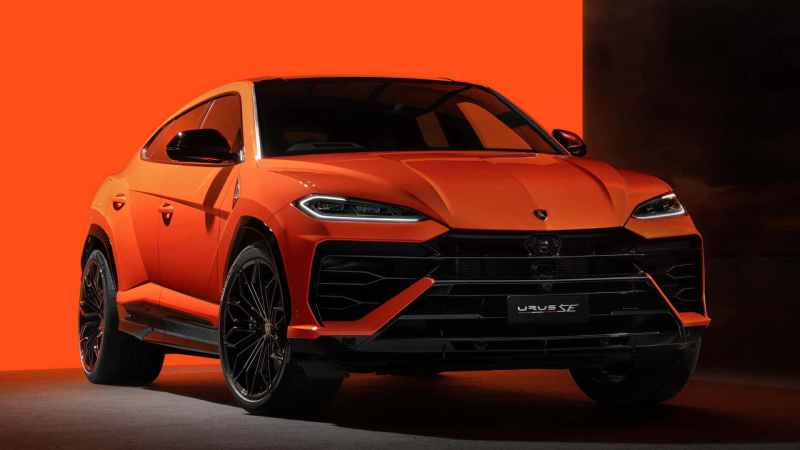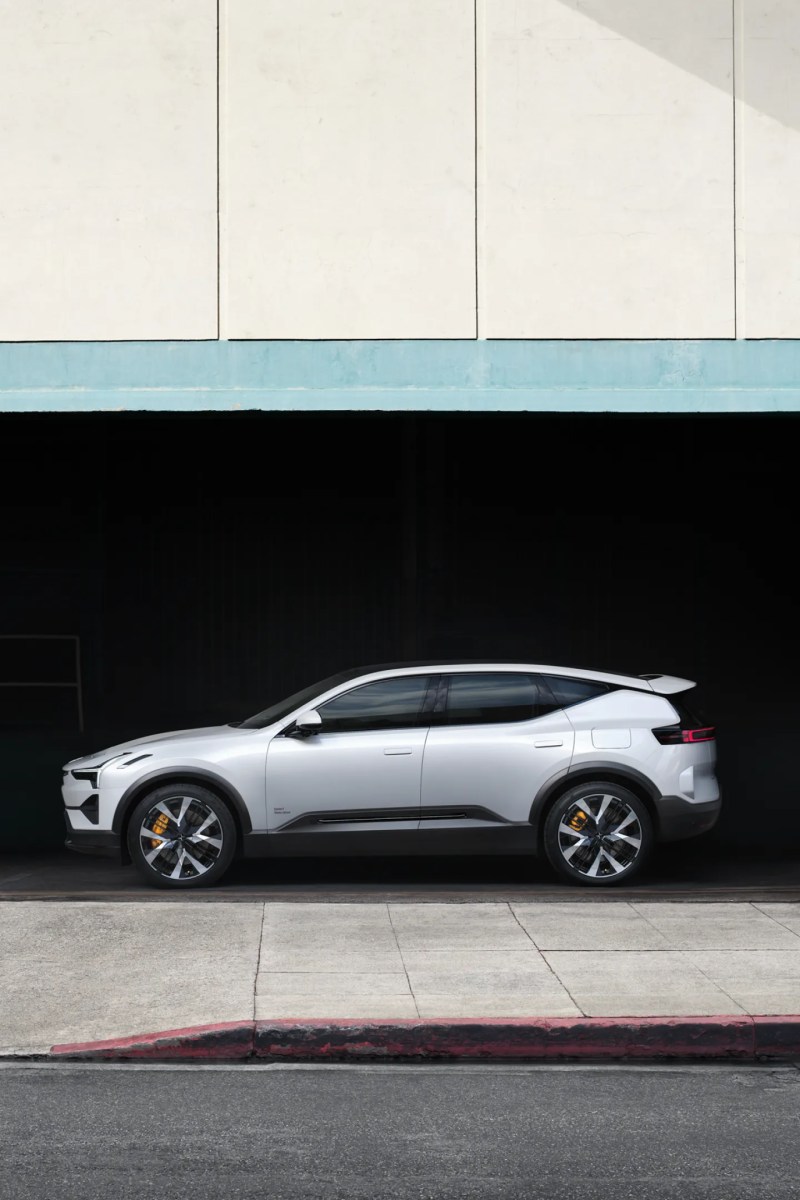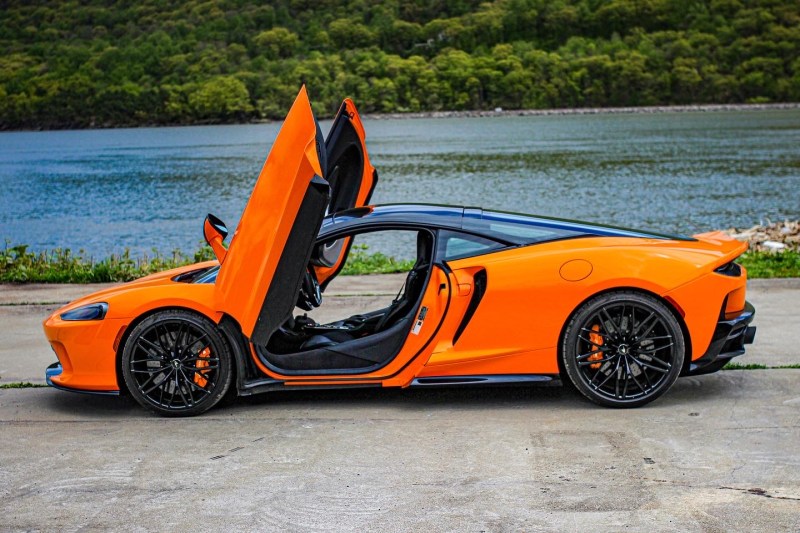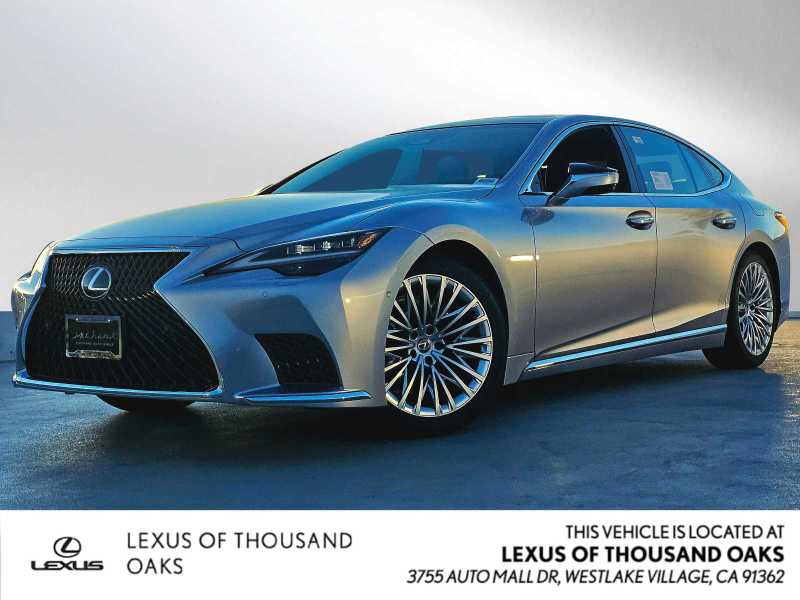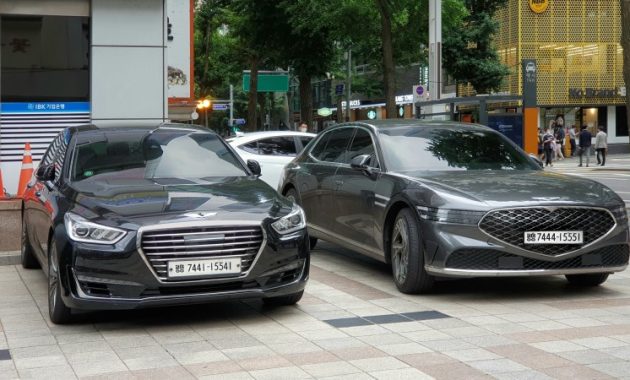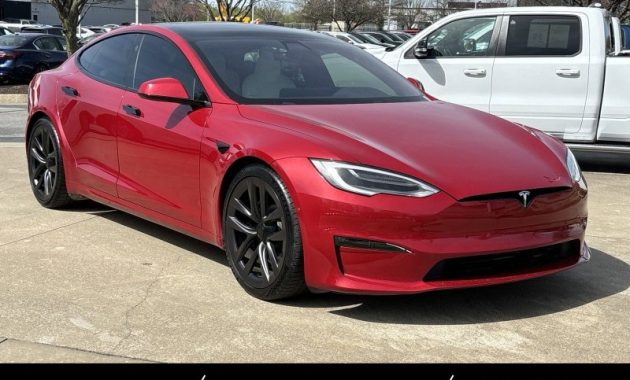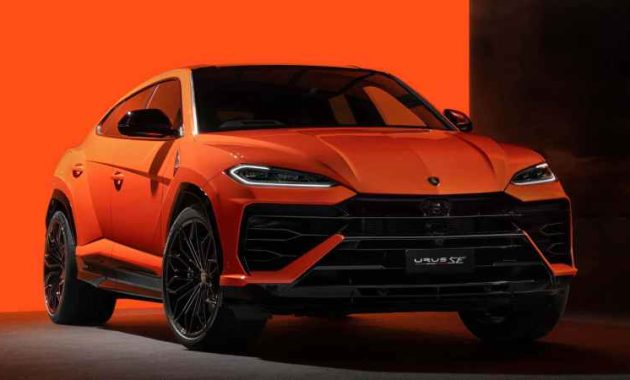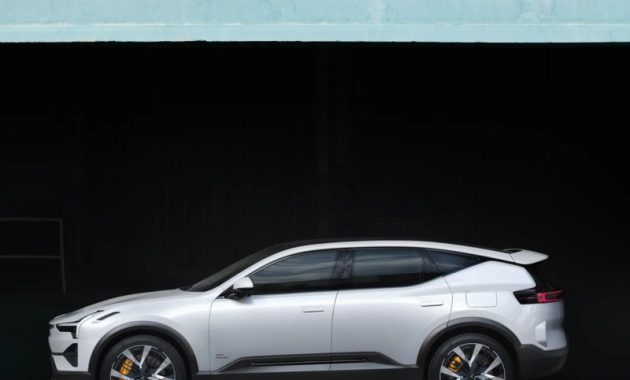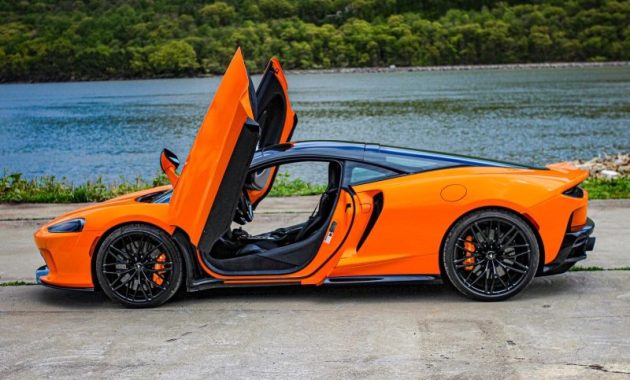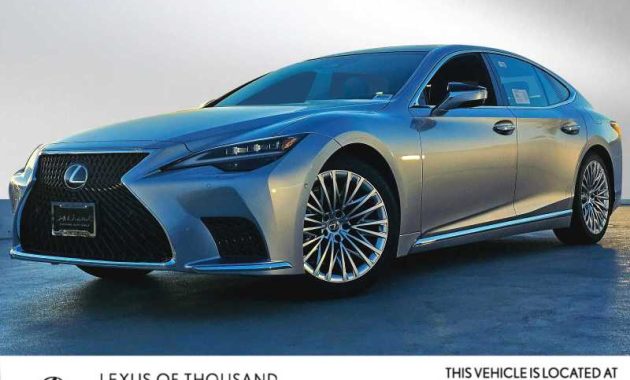Maserati Quattroporte – The Maserati Quattroporte (Italian pronunciation: [ˌkwattroˈpɔrte]) is a four-door luxury sports sedan produced by Italian automobile manufacturer Maserati. The name translated from Italian means “four doors”. The first generation car launched in 1963 is in its sixth edition.
The original Maserati Quattroporte (Type AM107) was built between 1963 and 1969. It was a large sedan powered by V8 engines – a first for a series production Maserati automobile.
Maserati Quattroporte
.jpg?strip=all)
The task of designing the Quattroporte was entrusted to Turin coachbuilder Pietro Frua, who was inspired by the special 5000 GT (chassis number 103060) designed for Prince Karim Aga Khan in 1962.
Maserati Quattroporte Trofeo 4dr Sedan
There, the pre-production prototype was on the Maserati stand next to the Mistral coupe. Regular production began in 1964. The Type 107 Quattroporte joined two other grand tourers, the Face Vega and Lagonda Rapide, which were capable of traveling at speeds of up to 200 km/h (124 mph) on Europe’s new motorways. . It has a 4.1-liter (4,136 cc or 252 cu in) V8 engine that produces 264 hp (194 kW; 260 bhp) at DIN 5,000 rpm and is equipped with a five-speed ZFual transmission. Or a three-speed Borg Warner automatic upon request. The Maserati reaches a top speed of 230 km/h (143 mph). The car was exported to the United States, where federal regulations required dual round headlights rather than the single rectangular headlights found on European models.
In 1966, Maserati revised the Tipo 107, adding the twin headlights already used on the North American model. A solid axle with springs replaced the old Dion tube. The interior has been completely redesigned, including the dashboard, which now features a full-width wood-clad front panel. In 1968, a 4.1-liter and also a 4.7-liter version became available (AM107/4700), developing 290 PS (213 kW; 286 PS) DIN. The maximum speed is 255 km/h (158 mph),
Around 500 units of the second series were produced, totaling 776 Type 107 Quattroportes. Production ended in 1969.
The first generation Quattroporte had a steel unibody structure, complete with a front subframe. The front suspension was independent with coil springs and hydraulic shock absorbers. The rear suspension used a de Dion tube with coil springs with internal brakes in the first series, then changed to a more traditional Salisbury leaf spring solid axle with a single drag link in the second series. Both axles had stabilizer bars. Brakes were solid discs throughout. A limited slip differential was optional.
Used Maserati Quattroporte Modena Q4 At Unique Auto Mall Serving South Amboy, Nj, Iid 22057292
The long-lasting, quad-cam, all-aluminum Maserati V8 made its debut at Zine Quattroporte. It featured two chain-suspended camshafts per bank, 32 angle valves, hemispherical combustion chambers, inset cast-iron wet cylinder liners, and four downdraft double-choke Weber carburetors fed by a water-cooled aluminum intake manifold. . 5 and 40 DCNL 5 in cars 4,200 and 4,700 respectively, later changed to 40 DCNF 5 and 42 DCNF 5 from December 1968.
In 1971, Karim Aga Khan ordered another special model based on the Maserati Indy platform. Rory Brown was named lead engineer on the project. The car had a 4.9-liter V8 engine (Type AM 107/49), producing 300 hp (221 kW; 296 bhp).
Carrozzeria Frua designed the car, the prototype of which was shown in Paris and Geva in 1971 and 1972 respectively.
The car was ready for production, the ev was given its own chassis code (AM 121), but the new owner used Citroën’s influence to develop the SM-based Quattroporte II instead of the Maserati.
Maserati Delays Electric Quattroporte Because They Can’t Decide Which Platform To Use
Only two vehicles were completed, chassis #004 was sold by Maserati to the Aga Khan in 1974 and prototype #002 wt was sold to the King of Spain, who purchased the car directly from Frua.
The second generation of Quattroporte, called Maserati Quattroporte II (AM 123), was presented in October 1974 at the Paris Motor Show and the Turin Motor Show.
As a result of the merger of Maserati and Citroën in 1968, the Quattroporte II was very different from its predecessor and other Maserati cars. Based on a lengthened Citroen SM chassis, the Quattroporte II featured a mid-generation front-wheel drive layout.
, hydropneumatic suspension, four fixed headlights with two rotating directional lights and V6 engine. The bodywork was designed by Marcello Gandini at Bertone.
Maserati Quattroporte Trofeo Review: An Unexpectedly Delightful Sedan
Maserati planned to equip the Quattroporte II with a V8 engine, but Maserati’s Tipo 107 V8 engine was too large and obsolete for the Citroen SM chassis.
A prototype 4.0 liter V8 engine was built from two compact Citroen-Maserati V6 engines. Maserati welded the blocks with half the rear cylinders in one block (2.5 cylinders per bank, discarding the rear) and half the middle cylinders in another block (1.5 cylinders per bank, discarding the front). Output was 190 kW (258 PS; 255 PS). A new V8 engine was installed in the Citroen SM for 17,000 km (10,563 mi) of endurance testing and to prove that the chassis was strong enough to handle more power.
The 1973 oil crisis and Citroën’s financial collapse in 1974 prevented it from obtaining EEC approval for the European market. Production only began in 1976, and each Quattroporte II was built to order and sold in the Middle East and Spain without the need for type approval.

At the time of production in 1978, engineering and development cost Maserati almost four billion lire.
Maserati Quattroporte Research In Dallas, Tx
The third generation Maserati Quattroporte (Type AM 330) was developed under the ownership of Alejandro di Tommaso-GEPI. After the front-wheel drive Quattroporte II of the Citroen era, the third generation returned to rear-wheel drive with a larger Maserati V8 engine. The exterior was designed by Giorgetto Giugiaro.
From 1974 to 1976, Giorgetto Giugiaro presented two Italdesign show cars, the Medici I and Medici II, on Maserati platforms. The latter had features that made it the third generation production version of the Quattroporte.
The pre-production Quattroporte was presented to the press on November 1, 1976 by Maserati president Alejandro di Tommaso.
Ahead of its debut at the Turin Motor Show later that month. It wasn’t until three years later, in 1979, that the production version of the car went on sale.
What’s The Story Maserati Quattroporte? New Details On Luxury Four Door Ev
De Tommaso, who didn’t like Citroen, removed all the influence of the French brand from the car. Quad-cam V8 engines built from 1963 were used in a stretched version of the Maserati Caylami chassis. Under Citroen ownership, the SM V8 Zine prototype was also dismantled and came to be managed by Developmet, with chief engineer Giulio Alfieri replaced by Aurelio Bertocchi. The Quattroporte II’s hydraulic system was replaced with conventional power steering, and the suspension geometry was identical to that of the Jaguar XJ.
Initially the badge read “4PORTE”, but was changed in 1981 to “Quattroporte”. Two versions of the V8 Zine are available: the 4,930 cc (4.9 L) version offers a maximum power of 280 PS (206 kW; 276 PS).
It was discontinued in 1981. The interior was upholstered in leather and trimmed with briar wood. Climate controls came from the Mopar parts bin on early US spec cars.

The Quattroporte III was recognized as the last hand-built Italian car; All external joints and seams are filled to give a seamless appearance. From 1987, Royal discontinued the Quattroporte. The Quattroporte III was an instant success and 120 units were sold in Italy in 1980.
Maserati Quattroporte Trofeo Review
On December 14, 1986, on Maserati’s 60th anniversary as a car manufacturer, Di Tommaso unveiled the Maserati Royale at Moda, a custom-made, ultra-luxury version of the Quattroporte.
It featured a high-compression 4.9-liter V8 engine, reaching a maximum power output of 300 hp (221 kW; 296 hp). Along with the usual leather upholstery and side trim, the car featured a revised dashboard with analog clock, four electrically adjustable seats, retractable tables in the rear doors and a minibar. Visually, the Royale is distinguished by new disc-shaped alloy wheels and silver side sills. A limited production run of 120 cars was announced
The Quattroporte III utilized an all-steel unibody structure. The chassis is related to the Caylami, in turn derived from the De Tommaso Longchamp, and therefore ultimately the De Tommaso Deauville luxury sedan. The front suspension was double wishbone with simple coaxial shock absorbers and coil springs and stabilizer bar. The rear axle uses a unique design similar to the Jaguar Independent rear suspension. Each cast aluminum hub bracket is linked to the chassis by a single lower wishbone, dual half-shafts as upper control arms, and dual coaxial shock absorber springs and coil spring units. The rear brakes are internally mounted, with the calipers bolted directly to the differential housing. The tire assembly is supported by a bushing-insulated cross beam. Initially a Salisbury-type limited slip differential was used; In 1984 it was replaced by the more advanced Gleason-Lixed Tors – or “Sitark” in Maserati parlance.
The Zin is an evolution of Maserati’s all-aluminum quad overhead cam V8, fed by four Weber carburetors.
A Peak Inside The Maserati Quattroporte’s Interior
Manual gearboxes are ZF S5 five-speed units. All cars were originally fitted with Pirelli Cinturato 205VR15 (CN72) tires when leaving the factory.
Milanese bodywork Carrozzeria Pavesi equipped several armored Quattroportes in the 1980s.
Maserati quattroporte floor mats, tires for maserati quattroporte, maserati quattroporte oil change, new maserati quattroporte, buy maserati quattroporte, maserati quattroporte s q4, maserati quattroporte trofeo, 2023 maserati quattroporte, maserati quattroporte car cover, maserati quattroporte q4, maserati quattroporte price, maserati quattroporte 2022
- Toyota Land Cruiser 2025: Anticipated Features, Tech Integration, Sustainability, Performance - December 21, 2024
- Mercedes-Benz GLE 450e 2025: A Glimpse into the Future of Hybrid SUVs - December 20, 2024
- Lamborghini Ultima Veloce 2025 - August 15, 2024

